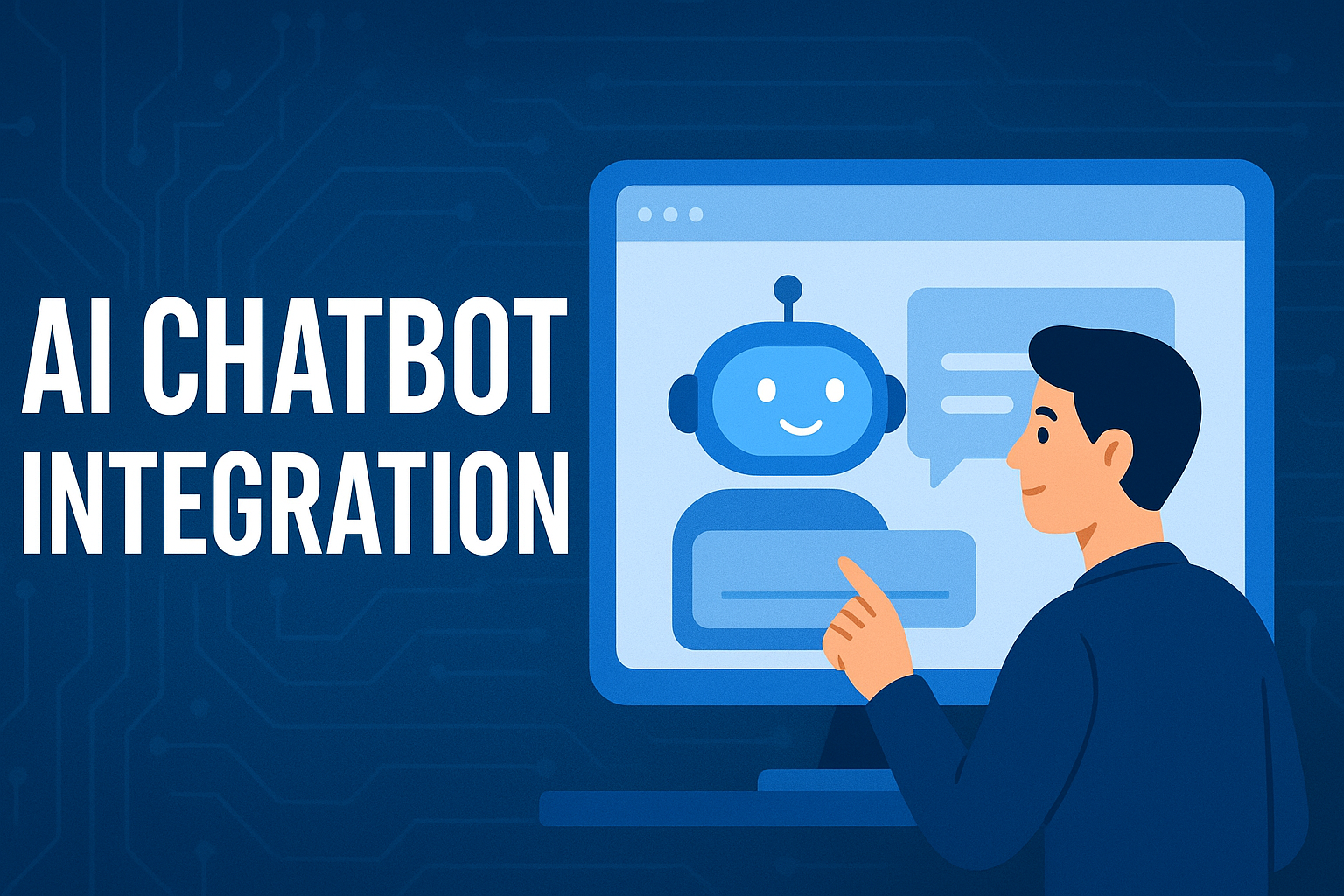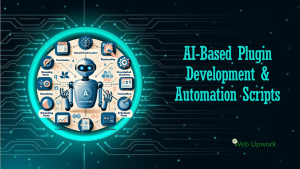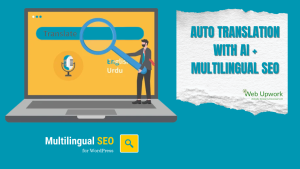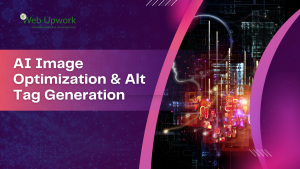In my view, the integration of AI-chatbots into business workflows and consumer touchpoints is rapidly shifting from novelty to necessity. As someone who works in the web and digital space, I see both the excitement and the caution. Here are the key things I believe, backed by what’s happening in the real world.
A. The News: What’s Actually Going On
For example, in India the pilot of a new commerce experience shows how chatbots are no longer just FAQ bots: according to TechCrunch, India has begun a pilot where users can shop and pay directly through chatbots powered by ChatGPT (and others) via the UPI payment interface.
At the same time, there are moves in customer service and call-centres: for instance, Reuters reports that Indian firms are using generative AI agents to handle tens of thousands of queries, cutting the workforce needed by up to 80%.
On the regulatory/ platform side, there are also important shifts: for example, WhatsApp (via its parent Meta Platforms) has updated its Business API policy to ban general-purpose AI assistants on its platform from 2026.
So what these show is: the technology is becoming powerful; business models are changing; and platforms/regulators are trying to catch up. All three matter for “integration”.
B. Why Integration Matters
From my vantage point of working on websites and digital projects, integrating chatbots (AI-driven) offers several advantages:
Improved user experience: An AI chatbot that’s well-integrated (into your site, workflow, backend data) can answer user queries instantly, guide visitors, reduce friction. That’s better than a static FAQ.
Efficiency gains: For businesses especially in customer-service, support or repeat queries, chatbots reduce cost, scale more easily. The Reuters piece shows this clearly in the Indian context.
Data & insight capture: A chatbot integration allows you to collect user interactions, preferences, popular questions—this can feed back into your website, services, marketing.
Competitive edge: As more companies adopt this, having a seamlessly integrated chatbot becomes part of “digital maturity”. If your website still has only email form + phone number, you may be behind.
C. Key Considerations & Challenges
Integration is not plug-and-play; from my experience and what I observe, the following points require attention:
Platform & Data Integration
A bot that lives in isolation (just answering generic questions) won’t realise full value. It should tie into your backend (CRM, product catalogue, support ticketing) so responses are accurate.
If your website is built on WordPress (as mine often are), you’ll need to ensure the chatbot plugin or service you choose has API support or “hooks” into your data.
Data flow & security matter: Who stores user queries? Is your system compliant (especially if you serve users in India—data laws matter).
User Experience & Language
India is multilingual. A chatbot that only speaks formal English may alienate sections of your audience. From agricultural chatbots to consumer ones, local language matters.
Tone & context: Users dislike very artificial responses. The AI must be tuned to your brand voice, understood audience.
Avoid confusing “AI chatbot” with “humane human touch” entirely: when escalation to human is needed, it should be smooth.
Cost vs ROI
Initial setup may cost more (designing workflows, training bot, integrating systems) than a simple chat widget.
But if you plan for long term, the savings in support cost + improved conversion rate can pay off.
Also, continuous monitoring and training of the bot is essential (it cannot be “set and forget”).
Ethics, Governance & Platform Risk
As the WhatsApp example shows: platforms can change policies that affect how you integrate chatbots.
Also, users expect transparency (“you’re chatting with a bot”), privacy, correct answers (AI hallucinations are real).
Keep compliance in mind (for India: data protection, user consent, regulation for automated systems).
D. My Take: Integration Strategies I Recommend
Here are the steps I would follow (and often do) when working on a website project to integrate a chatbot:
Start small, pilot first: Don’t attempt to automate everything immediately. Identify high-volume query categories (e.g., “what are your services”, “pricing”, “support request”) and integrate the bot there.
Use the bot as part of a workflow: For example, the website visitor starts a chat → bot qualifies them (“What are you looking for?”) → if complex, hand over to human agent or schedule call.
Ensure backend connectivity: If you offer services, your bot should pull from your services/pricing database, availability, contact info. If e-commerce, it should talk to product data.
Monitor & iterate: Track what queries are failing, where users drop off. Use that to retrain the bot.
Multilingual & localised: If your target audience includes non-English speakers, build in Hindi or regional languages (depending on scope).
Transparency & fallback: Clearly indicate when user is chatting with a bot. Always provide a way to connect to a human.
Design for conversion: For websites especially, link the chatbot to conversion goals: “book a call”, “get quote”, “subscribe”, “check availability”. Don’t only answer questions.
Think future-proof: With news like India’s pilot of AI-led e-commerce (chatbot + payments), you might consider how your chatbot integration could evolve: chat → purchase → payment all within the interface.
E. Why I’m Excited & Why I’m Cautious
Excited because: This is transformative. For websites, especially for freelancers, small business owners, boutiques, integrating a smart chatbot elevates the experience. It helps in capturing leads, supporting users, offering instant responses. As a web designer, I see that this becomes a value-add we can offer clients.
Cautious because: It is not magic. Without proper planning, it can become annoying (“automated bot says wrong thing”), or worse, turn visitors away. Also the human job markets shift (as seen in Indian call-centre trend) which raises a bigger social dimension.





